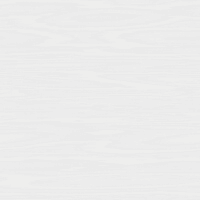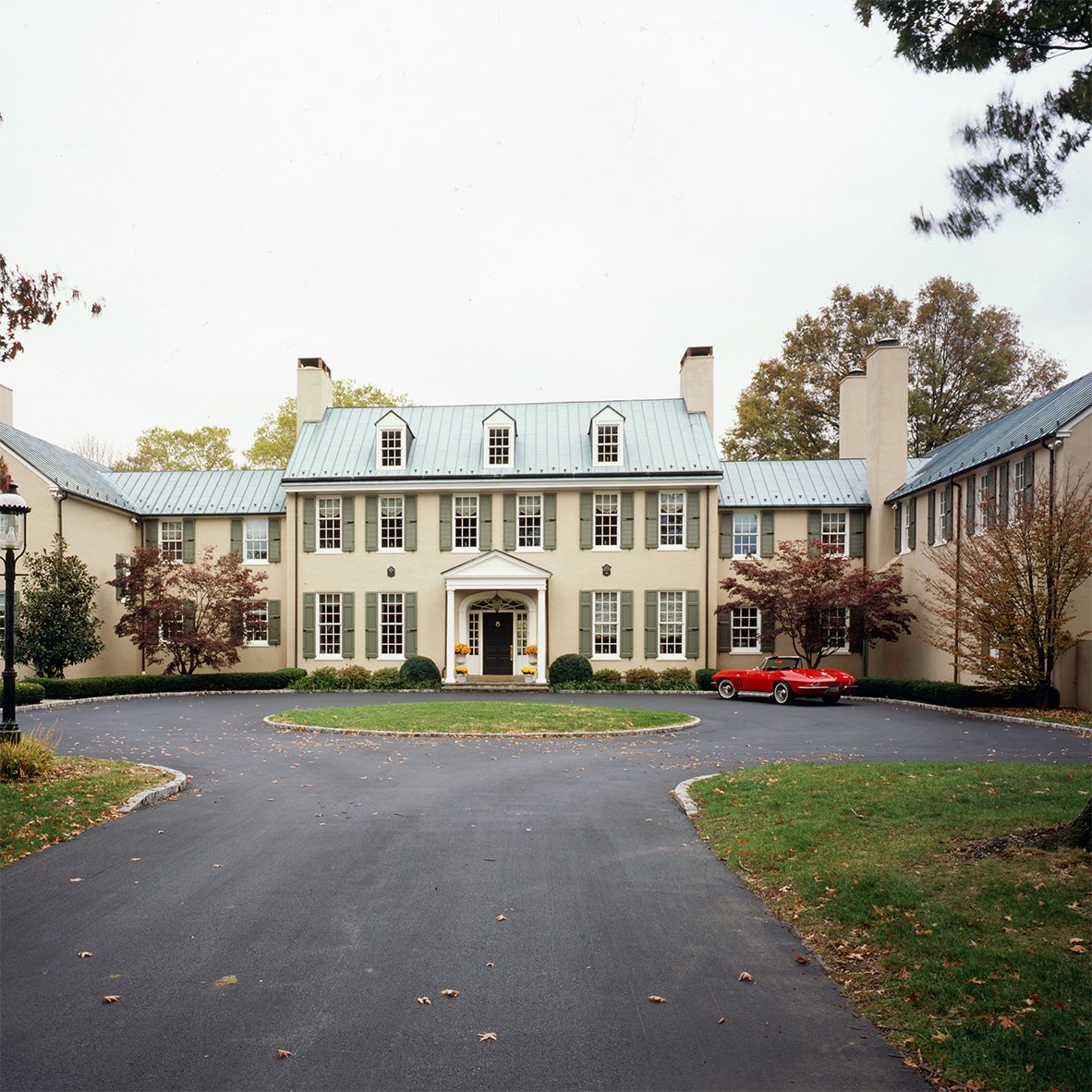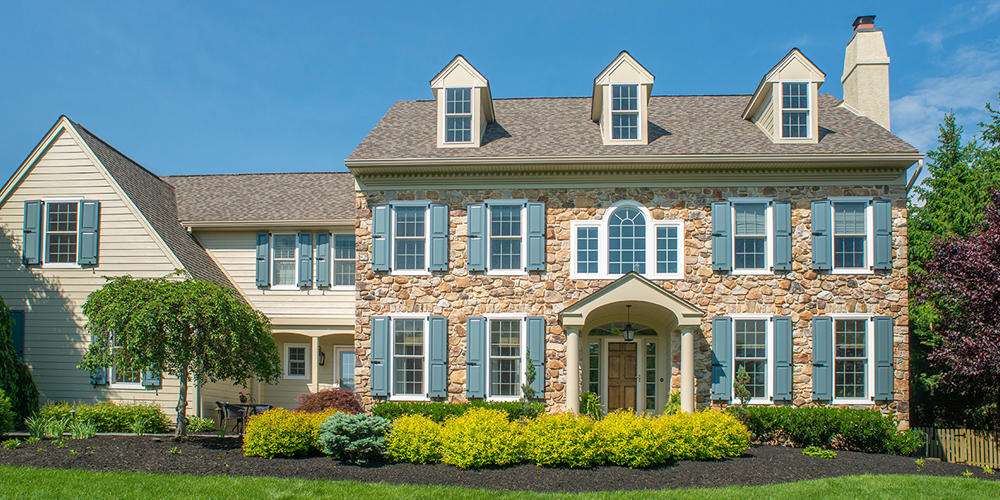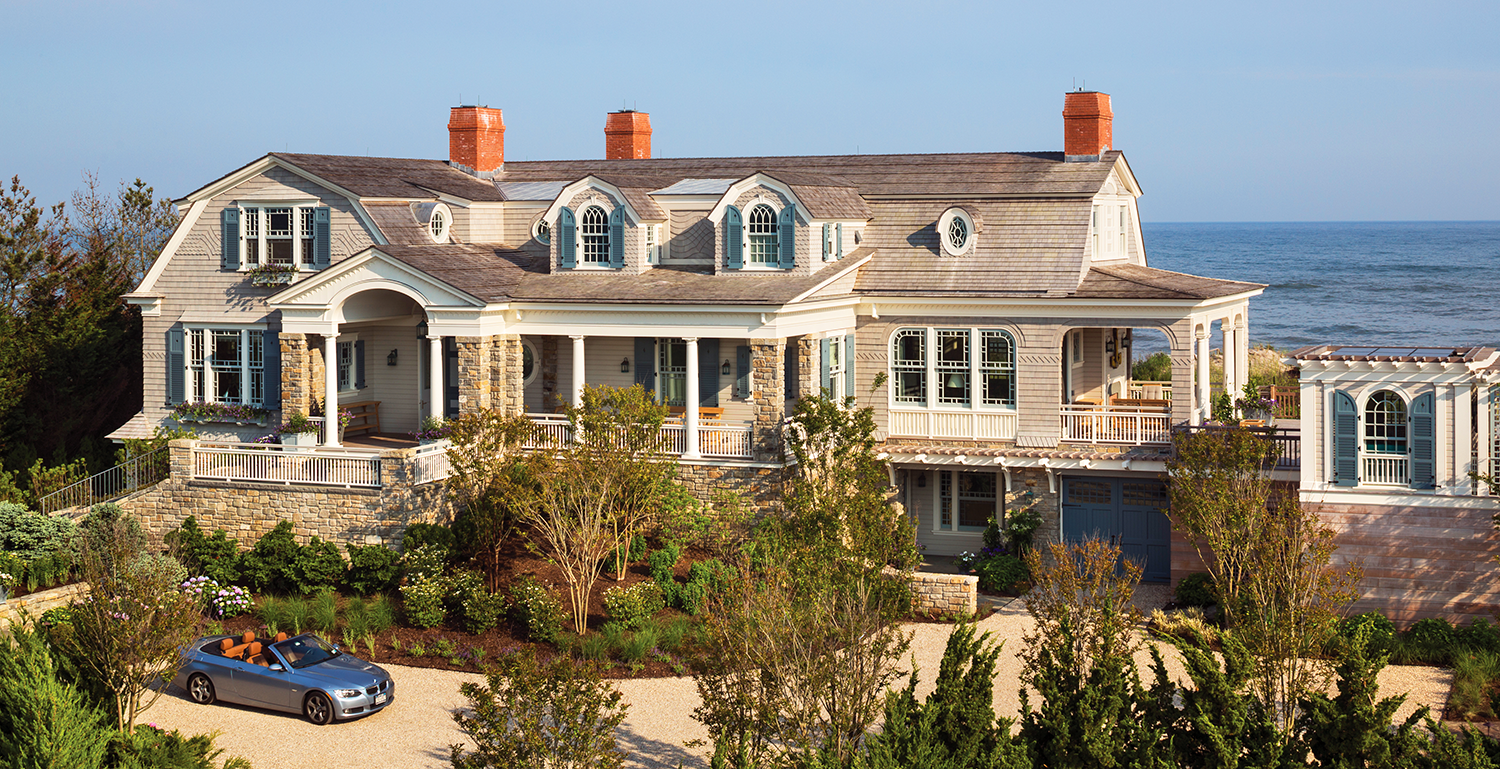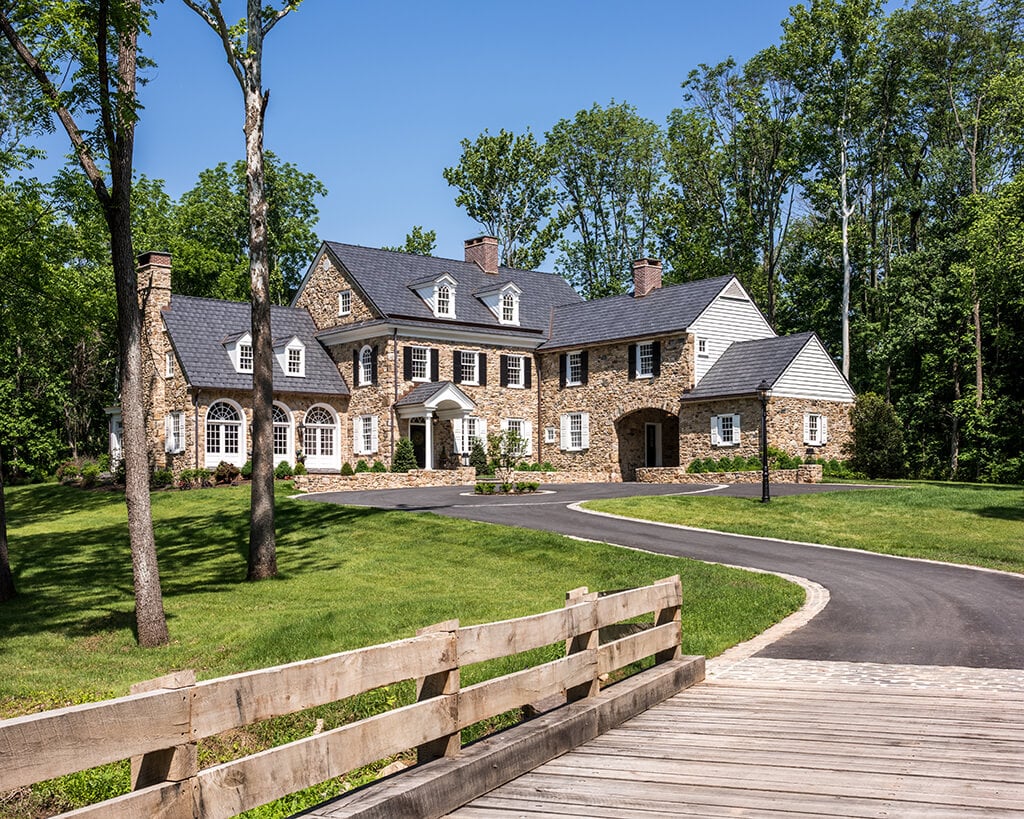/old-grove-nautilus-homes-TEST.png?width=673&height=504&name=old-grove-nautilus-homes-TEST.png)
Eco-friendly housing draws from several elements, including sustainable materials and features that facilitate optimal energy efficiency for a reduced carbon footprint.
The right exterior shutters can be vital assets to eco-friendly home design and construction. Viewed for much of the past century as decorative window accents, exterior shutters are today being rediscovered by a growing number of residential architects and home builders for their practical benefits as well as their curb appeal.
Homeowners, Buyers See Value in Eco-Friendly Housing
/old-grove-nautilus-homes-TEST4.png?width=573&height=429&name=old-grove-nautilus-homes-TEST4.png)
The rapidly expanding practice of eco-friendly building is fueled in part by necessity. Climate change and other real-world issues have impacted construction materials and building methods.
But as a recent Builder magazine article about eco-friendly housing notes, those issues have also affected homeowners’ preferences. Many buyers shopping for a new home are seeking environmentally friendly features like solar power or electric-vehicle charging stations, and many are also willing to pay a premium for a greener home.
Eco-friendly characteristics can also drive faster home sales at higher prices. A recent Zillow analysis found that home listings that detailed eco-friendly attributes sold an average of nine days faster than comparable homes.
The Zillow report also indicated that homes with eco-friendly elements sold for upward of 2% more than similar homes lacking green traits. Relative to window shutters, the Zillow assessment stated that houses in coastal areas with hurricane shutters sell for between 1.4% and 2.4% more than homes without storm shutters.
The most popular environmental features with prospective homebuyers, according to Zillow, include solar panels, tankless water heaters, EV charging stations, double-pane windows, programmable thermostats and hurricane shutters. But hurricane shutters aren’t the only shutter style that offers eco-friendly advantages.
Exterior Shutters: Looking Ahead by Looking Back
/old-grove-nautilus-homes-TEST2.png?width=494&height=562&name=old-grove-nautilus-homes-TEST2.png)
For most of their millennia-long history, window shutters have been favored for their functionality.
Varying shutter styles evolved in different locations across the globe to offer ventilation, light control, privacy, and protection from pests and inclement weather. As window glass became stronger and cheaper throughout the late 1800s and early 1900s, exterior shutters began to assume more ornamental prominence in home design, although most retained operability.
By the mid-20th century, when a majority of new U.S. homes included central heating and air conditioning was on the rise, exterior shutters were largely relegated to decorative duties. But faced with climate change and skyrocketing utility costs, trade professionals and homeowners began seeking ways to create environmentally friendly residences and reduce energy consumption.
One component of the solution for a greener tomorrow emerged from the past: functional exterior shutters.
Now, an increasing number of homes employ operable shutters that provide more than curb appeal. Nearly every exterior shutter style can augment eco-friendly home design.
How Exterior Shutters Fit Eco-Friendly Homes
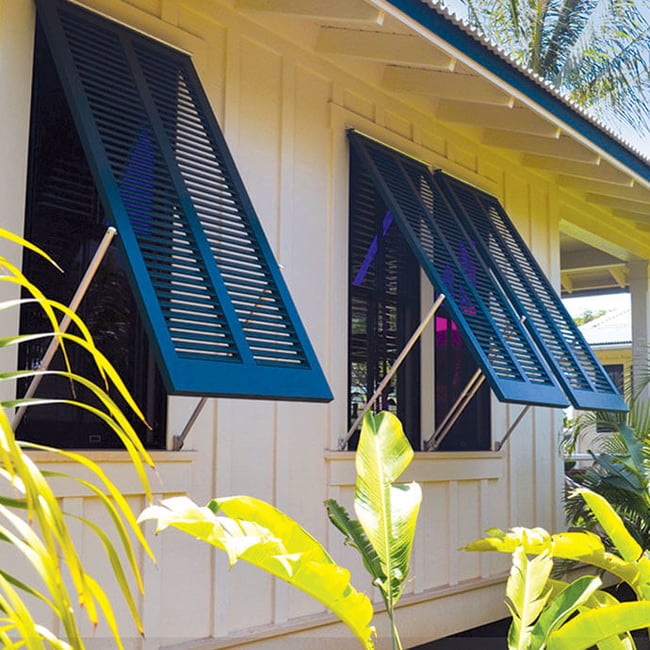
Shutters may be made from several materials, including sustainable and recyclable ones.
PVC — including Timberlane’s proprietary, maintenance-free Endurian® compound — remains a popular shutter material thanks in part to its comparatively low cost and long lifespan. Yet wood shutters also furnish long-lasting beauty with minimal maintenance when they’re expertly crafted from durable timber such as mahogany, which is naturally resistant to moisture, insects and warping.
Wood can be used for various shutter styles, and functional shutters made with a dense, premium wood like mahogany can help regulate interior temperatures and enhance a home’s energy efficiency. Multiple studies have concluded that properly fitting, operable shutters can significantly reduce thermal loss and heat gain while contributing to monthly energy savings.
Wood is well suited for many classic and contemporary shutter styles, including louver shutters, board-and-batten shutters, panel shutters and combination shutters. Wood is also sustainable, and old wood shutters may be recycled or repurposed.
Aluminum has become the preferred material for hurricane shutters, which are also known as storm shutters and Bermuda shutters. Aluminum is lightweight but sturdy, and it offers substantial protection from high winds and heavy rain.
Bermuda shutters aren’t just hurricane shields, however; they also allow on-demand management of natural light, airflow and privacy. Like wood, aluminum is sustainable and recyclable.
Functional exterior shutters can also help improve indoor air quality. A recent Styles Rant article about how window shutters are redefining eco-friendly home decor points out that interior alternatives to exterior shutters like blinds and curtains tend to collect dust and other allergens, which are then recirculated within the home.
Exterior shutters deliver superior energy efficiency compared with interior window treatments, and they’re also easier to clean. When it comes to eco-friendly home features that elevate curb appeal while minimizing carbon footprints, exterior shutters leave other options green with envy.
About Timberlane Shutters: Peerless Beauty and Performance
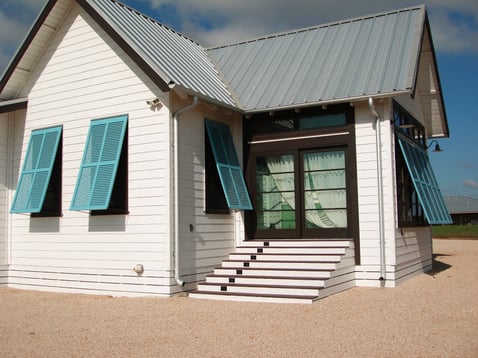
Timberlane has nearly three decades of experience crafting the world’s finest exterior shutters for luxury homes and historic structures.
Our shutters are custom crafted by skilled artisans for precise fit, eye-catching beauty and hard-wearing longevity. Our knowledgeable design team loves working with homeowners and trade professionals to create the perfect shutters for each home, and we’re here to guide you through every step of the custom shutters process.
If you’re ready to learn more about your exterior shutter options or request a quote, connect with Timberlane today.

